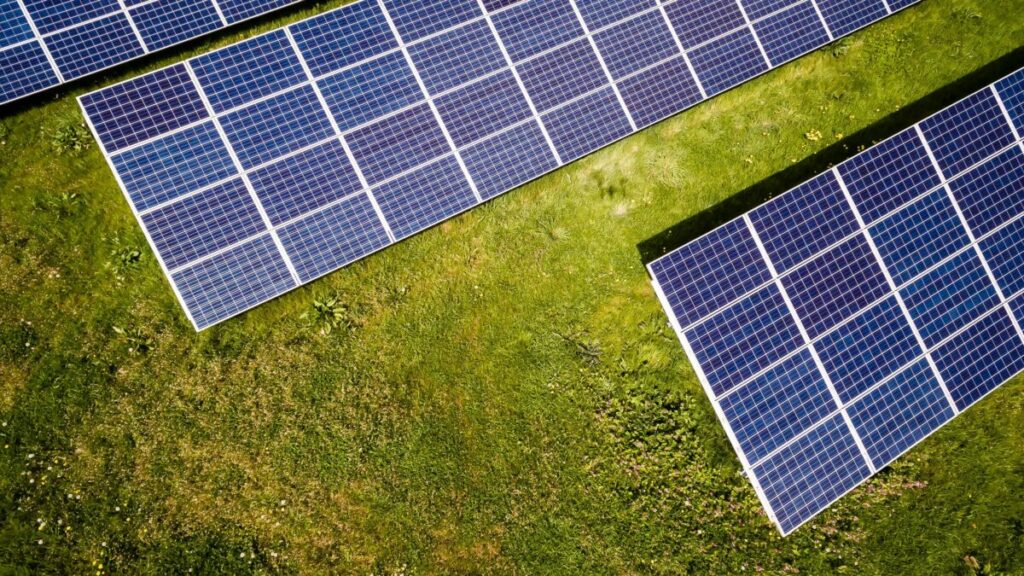Scientists in China have tested the influence of row spacing between panels on improving PV system performance in a fully experimental outdoor PV array platform. They found that increased row distances play a limited role in improving thermal convection, noting that solar radiation and wind speed are the most important parameters for optimal PV system design.
A group of researchers led by the University of Science and Technology of China investigated the influence of the row distance of solar panels on the temperature and efficiency of a PV system and found that excessive row distance does not play a significant role in cooling the panels via thermal convection. and increasing energy yield.
“Instead, we found that irradiance plays an important role in PV output compared to wind speed and driving distance,” the study’s lead author Long Shi said. pv magazine. “Therefore, ensuring full irradiation is the most important consideration when designing PV power plants. Based on this, reasonable arrangement of PV array installation mode can improve passive cooling to some extent.”
Shi also explained that the research work showed that increasing driving distance in outdoor tests did not provide the expected cooling effect. “Therefore, in practical applications, it is only necessary to ensure that there is no shadow between the adjacent rows of PV arrays, and the possible cooling effect caused by excessive row spacing should not be pursued during the practical arrangement.”
The scientists conducted their experiments on a PV array consisting of 30 modules, arranged with landscape orientation in 3 columns and 10 rows. The minimum row distance was 0.98 m, which they said ensured that there was no shielding between the PV array components between 9 a.m. and 3 p.m. during the Northern Hemisphere winter solstice.
“To improve the land utilization rate, the driving distance should be as short as possible,” they also noted. “IEC 62548–1:2023 and IEC TS 62738–2018 define the minimum row spacing to prevent shadowing between the two adjacent rows of PV arrays.” They carried out the measurements via a weather station, thermocouples and a power meter from June 10, 2023 to September 5, 2023. “The driving distance was regularly adjusted during the monitoring period to avoid seasonal influences of the outside air temperature and wind speed.”
The experimental series showed that, contrary to initial expectations, increasing the driving distance did not increase the effect of convective heat transfer. It only had a beneficial effect if the irradiance was lower than 400 W/m2, while the effect above this threshold was negligible.
The analysis also showed that PV system output could grow by up to 3.9% if the row distance were increased to 1.5 times the minimum threshold, reducing surface temperature by 1.86 C and increasing PV and power yield would increase by 3.53% if the wind speed increased from 0 to 0. 2.4 m/s.
The scientists concluded that longer rough distances should be avoided because their limited effects do not compensate for the greater land use. They rather insisted on taking into account factors such as direct irradiation and wind speed to improve the system’s output.
“The large-scale experimental results of this large-scale research provide a reference for PV power plant design,” Shi explains. “The average relative error of the temperature prediction model in this study is only 5.4%, and that of the previous model is almost 20.0%. The model in this study allows the influence of environmental conditions and installation parameters on PV to be quantified more accurately.”
Their findings can be found in the study “Surface temperature and power generation efficiency of PV arrays with different row distances: a full-scale outdoor experimental study,” published in Applied energy.
This content is copyrighted and may not be reused. If you would like to collaborate with us and reuse some of our content, please contact: editors@pv-magazine.com.

